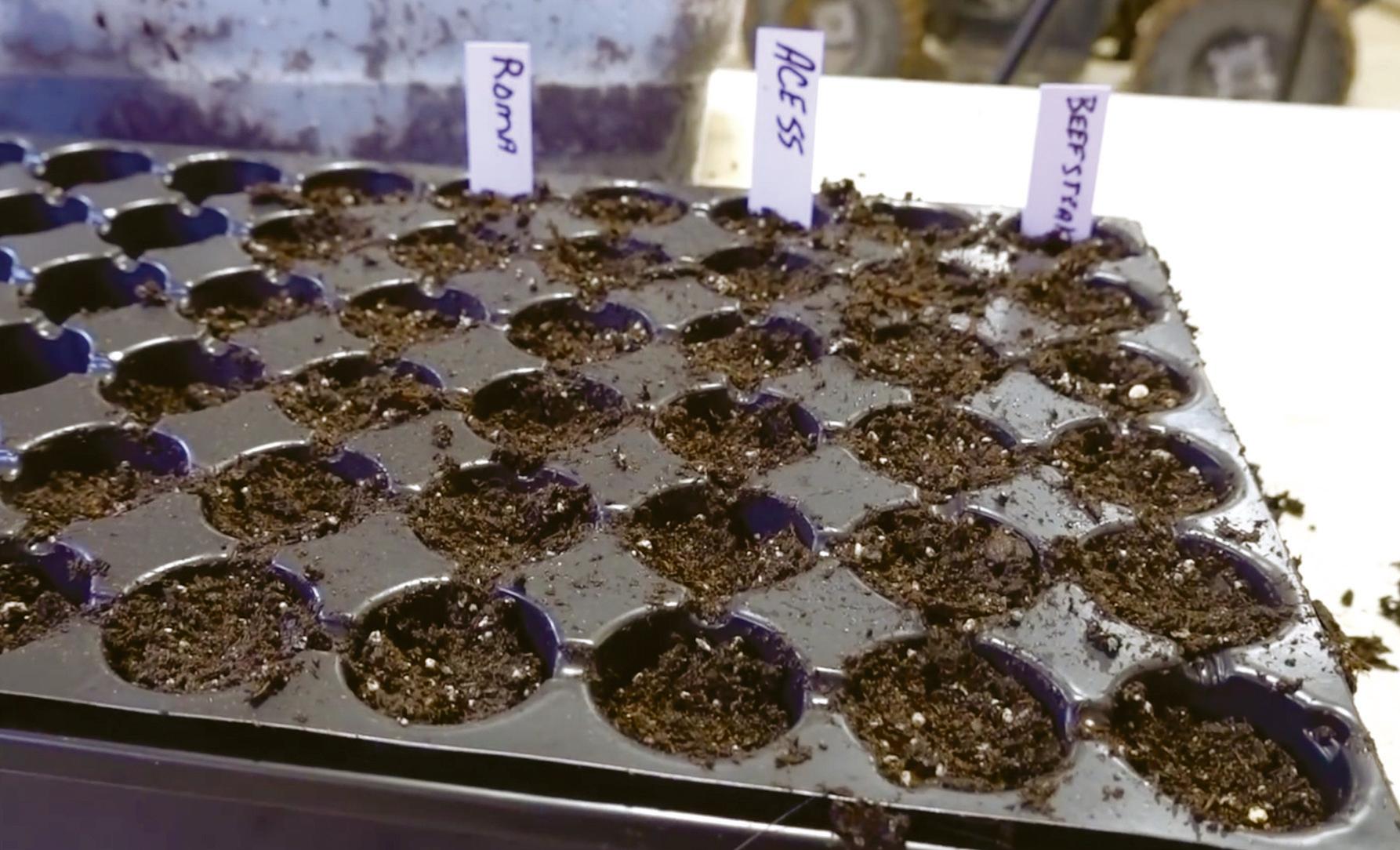
4 minute read
Plasma Donations
4 Austin South Asian | May 2022 Plasma Donations Save Lives: You Can Help
Human plasma donations are used to produce life-saving medicines for people affected by serious and rare diseases around the world. Experts say that right now there is a critical need for plasma donations.
“Plasma donors do the amazing. They make a direct impact on the lives of patients affected by rare and serious diseases. We strongly encourage those who meet the requirements, and are otherwise eligible, to donate plasma,” says Dr. Jennifer Hanes, who as a division medical director of CSL Plasma, is responsible for the medical oversight of U.S. plasma donation centers.
Dr. Hanes is sharing five important things to know about plasma donation:
1. What is plasma? Plasma is a straw-colored liquid that carries red blood cells, white blood cells and platelets, helping to maintain a steady level of blood pressure, supporting the immune system and delivering critical nutrients to cells.
2. What is plasma used for? Plasma is used to treat rare and serious conditions, often by replacing crucial proteins a patient lacks. These conditions include primary immunodeficiencies, hereditary angioedema, inherited respiratory disease, hemophilia and other bleeding or neurological disorders. Every year, it takes more than 1,200 plasma donations to treat one person living with hemophilia, more than 900 plasma donations to treat one person living with Alpha-1 Antitrypsin Deficiency (Alpha-1) and more than 130 plasma donations to treat one person living with a primary immune deficiency. Additionally, albumin, a protein contained in our plasma, is used in hospitals and urgent and emergency care settings to treat trauma, shock, burns and other emergencies that could happen to anyone.
3. Who can donate plasma? To donate at a CSL Plasma center, you must be in good health, be between the ages of 18-74, weigh at least 110 pounds, have had no tattoos or piercings within the last four months, meet health and screening requirements and have valid identification with a permanent address.
4. What is the donation process like? While a first-time plasma donation takes approximately two hours, and up to three hours at times, the second donation is typically shorter. CSL Plasma donors will be rewarded for helping to create life-saving medicines and will receive a payment in connection with the donation process. It’s recommended that donors drink four to six 8-ounce glasses of water, fruit juice or other caffeine-free liquid at least two to three hours before donation, avoid caffeinated beverages, avoid alcohol of any type for 24 hours beforehand, eat a meal prior to donation and get adequate sleep.
5. Where can I donate? CSL Plasma has more than 300 plasma donation centers across the United States. Visit cslplasma.com for more information and to find a nearby CSL Plasma center. The CSL Plasma donor app is also available for Apple and Android devices.
“People depend on plasma donors to live happy and healthy lives, so it’s important to consider donating if you are able,” says Dr. Hanes. (StatePoint)
Tips To Start Or Expand Your Garden And Make It Thrive
Starting a garden for the first time or expanding an existing plot is easier than you may think. With a little love and care, your green space will bloom and thrive.
“For anyone with the inclination, a beautiful lawn and garden is always within reach,” says Jamie Briggs, director of marketing, Exmark, a leading manufacturer of commercial mowers and equipment for landscape professionals and homeowners with a lot of lawn to cut.
This is the driving idea behind “Backyard Smart,” a free online video series. These short explainer videos are full of facts and relevant information to answer your most common lawn and garden questions. The following planting strategies come directly from two recent “Backyard Smart” episodes:
• Start With Seeds: Looking to add new plants to your garden and flower bed? Try starting from scratch. While most nurseries have limited species of mature plants to select from, there are literally thousands of varieties of seeds available at dirt cheap prices. A quick trip to the seed kiosk in your local hardware store offers the potential for you to enjoy flowers you’ve never seen and vegetables you’ve never tasted. “It’s easy to be intimidated by the prospect of growing plants from seeds but the truth is that all you need is soil, just the right amount of water and lots of sunshine,” says Briggs. “Nature will handle the rest.” • Practice “Companion Planting”: Whether it’s growing marigolds alongside tomatoes to block bad bugs or planting corn next so squash to provide shade, plants are kind of like people, they do better with a buddy.
Companion plants help block weeds, prevent pests, create fertile soil, promote pollination and offer plants a place to climb. In fact, people have been practicing this technique for centuries to create vigorous gardens. For more entertaining, easy-to-understand approaches to making the most of your outdoor spaces, check out the Exmark Backyard Life site at exmark.com/backyard.
If you’ve always dreamed of having your own, homegrown, fruits and vegetables in your cooking, or brightening your home with fresh-cut flowers, there is no better time than the present to pursue this dream. The long sunshiny days of summer are ideal for developing your green thumb. (StatePoint)











